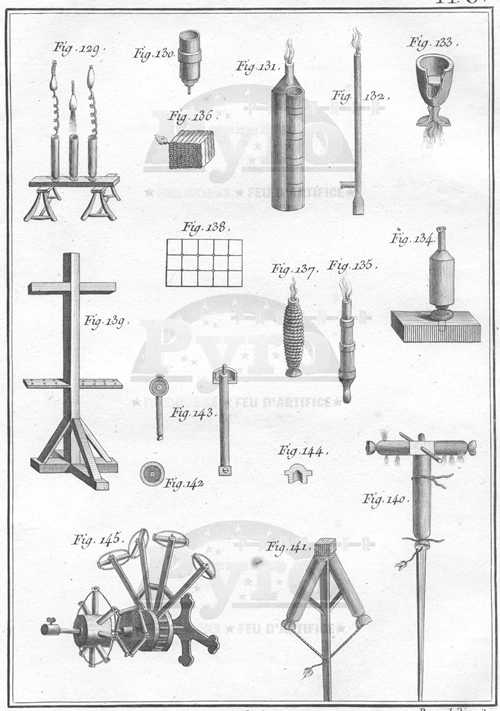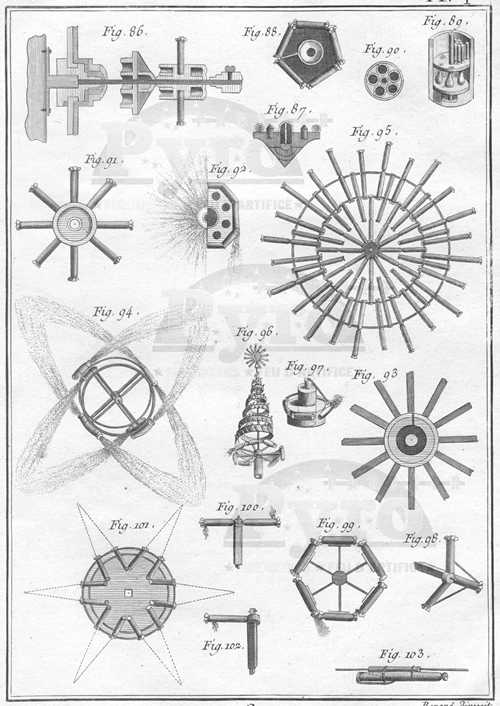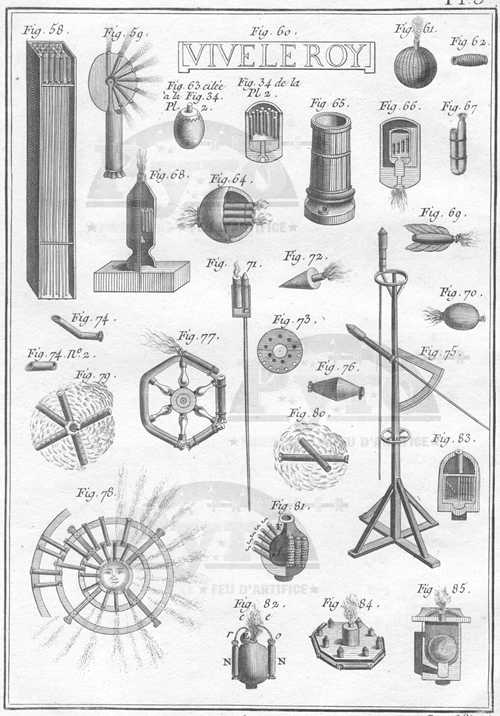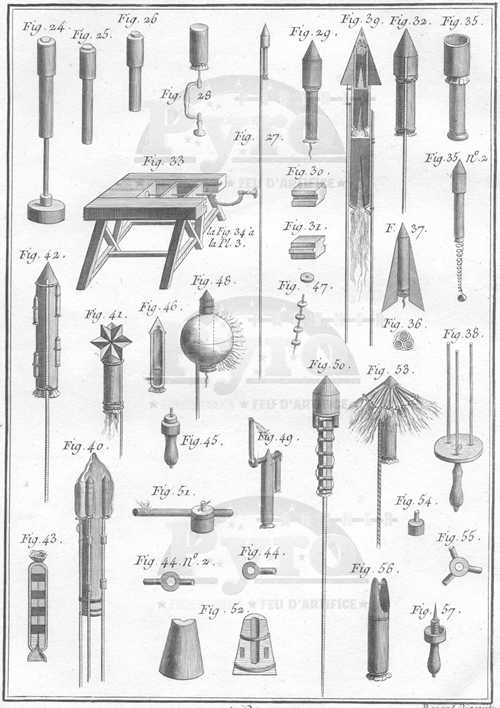While fireworks on New Year’s Eve have become a fixed custom in Germany, fireworks are shot in other countries on various public holidays and occasions.
In southern Europe, the Easter celebrations are “ignited”, in China the New Year is the occasion for a wonderful fire spectacle, in Great Britain the “Guy Fawkes Day” on November 5th is taken as an opportunity to organize fireworks, while the French every year for the Celebrate the “Storming of the Bastille” with rockets, firecrackers and fountains on July 14th. In Switzerland, on August 1st, the Swiss national holiday is “fired up” and in the USA, “Independence Day” is duly celebrated on July 4th and crowned with a corresponding fireworks display.
No matter where in the world people have an occasion:
Celebrating with fireworks is always a celebration!










